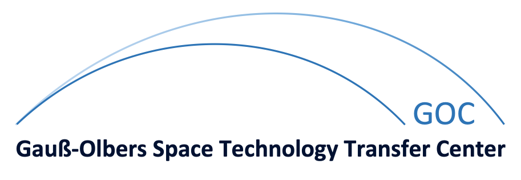| Kurzfassung: |
Motivated by the recent success of Machine Learning (ML) tools in wireless communications, the idea of semantic communication by Weaver from 1949 has gained attention. It breaks with Shannon’s classic design paradigm by aiming to transmit the meaning of a message, i.e., semantics, rather than its exact version and, thus, enables savings in information rate. In this work, we extend the fundamental approach from Basu et al. for modeling semantics to the complete communications Markov chain. Thus, we model semantics by means of hidden random variables and define the semantic communication task as the data-reduced and reliable transmission of messages over a communication channel such that semantics is best preserved. We consider this task as an end-to-end Information Bottleneck problem, enabling compression while preserving relevant information. As a solution approach, we propose the ML-based semantic communication system SINFONY and use it for a distributed multipoint scenario; SINFONY communicates the meaning behind multiple messages that are observed at different senders to a single receiver for semantic recovery. We analyze SINFONY by processing images as message examples. Numerical results reveal a tremendous rate-normalized SNR shift up to 20 dB compared to classically designed communication systems. |







